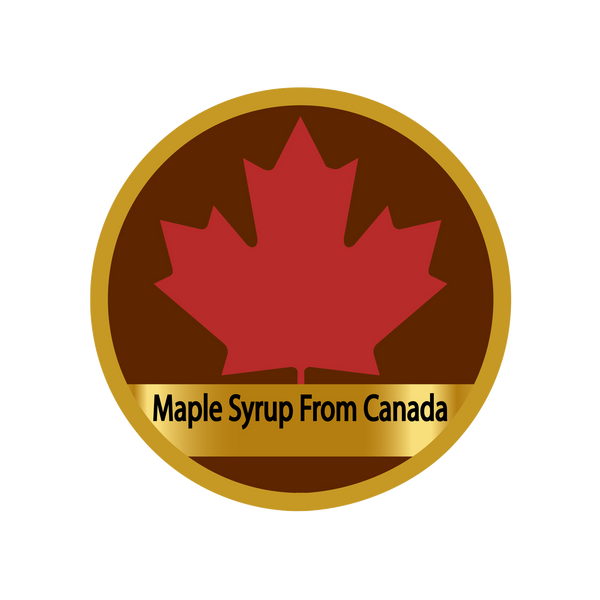Maple syrup and agave syrup are both popular natural sweeteners, each with unique properties and benefits. Here’s a detailed comparison of maple syrup and agave syrup, focusing on their origins, production, nutritional content, and health impacts.
Origin and Production
Maple Syrup:
- Origin: Maple syrup is made from the sap of sugar maple trees (Acer saccharum) primarily found in North America, particularly in Canada and the northeastern United States.
- Production: The sap is collected during the early spring and then boiled down to evaporate water and concentrate the sugars. It takes about 40 liters of sap to produce 1 liter of maple syrup. The process is traditional and involves minimal processing, preserving the natural flavor and nutrients.
Agave Syrup:
- Origin: Agave syrup, also known as agave nectar, is derived from the sap of the blue agave plant, which is native to Mexico.
- Production: The agave plant is harvested, and its core (the piña) is pressed to extract the sap. The sap is then filtered and heated to break down the complex carbohydrates into simple sugars. The resulting syrup is further processed to achieve the desired consistency and sweetness.
Nutritional Content
Maple Syrup:
- Natural Sugars: Maple syrup contains natural sugars, primarily sucrose, and small amounts of glucose and fructose.
- Nutrients: Rich in minerals like manganese, zinc, calcium, and potassium. Maple syrup also contains antioxidants and polyphenols, which have health benefits.
- Calories: Approximately 52 calories per tablespoon.
- Glycemic Index: Maple syrup has a moderate glycemic index of around 54, which means it causes a slower rise in blood sugar levels compared to refined sugar.
Agave Syrup:
- High in Fructose: Agave syrup is high in fructose, which can range from 55% to 90% depending on the processing method. Fructose is sweeter than glucose, allowing agave syrup to be used in smaller amounts.
- Nutrients: Contains small amounts of vitamins and minerals, but significantly fewer than maple syrup.
- Calories: Approximately 60 calories per tablespoon.
- Glycemic Index: Agave syrup has a low glycemic index of around 15 to 30, meaning it causes a slower increase in blood sugar levels compared to glucose-based sweeteners.
Flavor and Culinary Uses
Maple Syrup:
- Flavor: Maple syrup has a rich, complex flavor with notes of caramel and vanilla. The flavor can vary depending on the grade, from light and delicate (Golden) to robust and strong (Dark).
- Uses: Maple syrup is used as a topping for pancakes, waffles, and French toast. It’s also a popular ingredient in baking, cooking, marinades, dressings, and beverages. Its unique flavor enhances both sweet and savory dishes.
Agave Syrup:
- Flavor: Agave syrup has a mild, neutral flavor that does not overpower dishes. It blends well into various recipes without altering the flavor profile significantly.
- Uses: Agave syrup is often used as a sweetener in beverages like coffee, tea, and smoothies. It’s also used in baking and cooking as a substitute for sugar or honey due to its sweetness and liquid form.
Health Considerations
Maple Syrup:
- Health Benefits: Maple syrup contains antioxidants and essential minerals, offering some health benefits when consumed in moderation. Its moderate glycemic index makes it a better option for those managing blood sugar levels.
- Natural Product: As a minimally processed natural product, maple syrup is free from additives and preservatives, making it a healthier choice for sweetening.
Agave Syrup:
- Health Risks: Despite its low glycemic index, the high fructose content in agave syrup can lead to health issues if consumed in large amounts. High fructose intake is linked to insulin resistance, increased triglycerides, and fatty liver disease.
- Highly Processed: The production of agave syrup involves significant processing, which can reduce its nutritional value compared to less processed natural sweeteners.
Environmental Impact
Maple Syrup:
- Sustainable Production: Maple syrup production is generally considered sustainable. Maple trees are tapped without harming them, and producers often engage in forest management practices to ensure the health and longevity of the trees.
- Local and Seasonal: Maple syrup is a seasonal product, primarily produced in specific regions, supporting local economies and traditional practices.
Agave Syrup:
- Environmental Concerns: The growing demand for agave syrup has led to concerns about over-harvesting and the sustainability of agave plants. The long growth cycle of agave plants (7-10 years) and the high demand can put pressure on natural resources.
- Carbon Footprint: The extensive processing and transportation involved in producing and exporting agave syrup contribute to its carbon footprint.
Conclusion
While both maple syrup and agave syrup are popular natural sweeteners, they differ significantly in terms of origin, production, nutritional content, flavor, and health impacts. Maple syrup, with its rich flavor and moderate glycemic index, offers several health benefits and is a sustainable choice. Agave syrup, although low in glycemic index, has a high fructose content that can pose health risks if consumed in large amounts. Choosing maple syrup over agave syrup can provide a more natural, flavorful, and health-conscious option for sweetening your food and beverages.
For more information on maple syrup and its benefits, visit Maple Syrup From Canada.

